>>sugar is driving the obesity epidemic says Patrick Holford, founder of the Institute for Optimum Nutrition
As George Bernard Shaw said: “Everyone complains about the weather but nobody does anything!” So, what are we going to do about sugar? Because if we do nothing, nothing will change.
If I were prime minister I’d tax sugar and spend the money teaching kids that ‘you are what you eat’, as well as giving them better school dinners. The government recommends no more than 10% of calories as sugar, but that means nothing to the average shopper. A warning on foods containing more than 10% sugar, saying ‘sugar is bad for your health,’ would get the message across. It’s almost obscene that the sugar industry is trying to pressurise the WHO into changing its maximum of 10% to 25% - it wants sugar to account for one quarter of the world’s food supply!
We conducted Britain’s largest-ever survey, involving 37,000 people, and excessive sugar was associated with poor health using every criterion we measured - from energy and immunity to mood and skin. The most common reported symptoms were gaining weight, feeling apathetic and unmotivated, difficulty concentrating and low energy in the morning.
Of course, it’s not just the amount of sugar in a food that counts but its overall effect on your blood sugar levels. Those up to speed with diet trends will know that high-protein diets are out and GI (Glycaemic Index) diets are in. Tesco got behind this, saying that a high-GI food (above 70) has fast-releasing sugars and is bad for you, and a low-GI food (below 50) has slow-releasing sugars and is good for you. Well done, Tesco - until you go close up and find that chocolate (49) has a low GI, while a wonderful watermelon (72) has a high GI. Doesn’t make sense, does it?
GI is a quality measure. It tells you how quickly the sugar in a food raises your blood sugar. It tells you nothing about how much sugar (quantity) is in a food. For example, the GI of a piece of chocolate is the same as 100 bars of chocolate.
Watermelon contains fast-releasing sugar but very little of it, while chocolate contains
a slower-releasing sugar but loads of it. We favour using GL (Glycaemic Load), which is the GI (quality) multiplied by the quantity of sugar in the serving. Watermelon, for example, has only 6g of sugar in a 120g serving, so its GL is 6 x 0.72 = 4GL. Eat a GL of 40 a day and you’ll lose weight, while 60 will keep you healthy and full of energy.
GL is the best candidate for a food label because it actually tells you exactly what that serving of food does to your blood sugar. Smart companies, at least those with reasonably healthy foods, are starting to put GL on the label. Nairns oatcakes are a case in point. They are free from sugar and the rough ones in particular have a very low GL. Six of them have the same GL as a slice of white bread, and they are much more filling.
It’s likely that, in the not-too-distant future, foods will be required to state the GL values and all GI diet books will move over to GL.
But, you might say, people like and buy sweet foods. It’s true, but sugar isn’t the only sweetener. Drinks, which account for the biggest increase in sugar consumption, can be sweetened with blue agave cactus syrup, which has an incredibly low GL. Foods can be sweetened with xylitol, a natural sugar high in plums that is great for your teeth (which is why plums have a very low GL). One teaspoon of sugar has the same GL as nine teaspoons of xylitol.
The point is: there’s a GL revolution around the corner and the technology to create great-tasting foods with positive health messages. I believe the food industry can make money and make a difference. After all, healthy people live longer.
As George Bernard Shaw said: “Everyone complains about the weather but nobody does anything!” So, what are we going to do about sugar? Because if we do nothing, nothing will change.
If I were prime minister I’d tax sugar and spend the money teaching kids that ‘you are what you eat’, as well as giving them better school dinners. The government recommends no more than 10% of calories as sugar, but that means nothing to the average shopper. A warning on foods containing more than 10% sugar, saying ‘sugar is bad for your health,’ would get the message across. It’s almost obscene that the sugar industry is trying to pressurise the WHO into changing its maximum of 10% to 25% - it wants sugar to account for one quarter of the world’s food supply!
We conducted Britain’s largest-ever survey, involving 37,000 people, and excessive sugar was associated with poor health using every criterion we measured - from energy and immunity to mood and skin. The most common reported symptoms were gaining weight, feeling apathetic and unmotivated, difficulty concentrating and low energy in the morning.
Of course, it’s not just the amount of sugar in a food that counts but its overall effect on your blood sugar levels. Those up to speed with diet trends will know that high-protein diets are out and GI (Glycaemic Index) diets are in. Tesco got behind this, saying that a high-GI food (above 70) has fast-releasing sugars and is bad for you, and a low-GI food (below 50) has slow-releasing sugars and is good for you. Well done, Tesco - until you go close up and find that chocolate (49) has a low GI, while a wonderful watermelon (72) has a high GI. Doesn’t make sense, does it?
GI is a quality measure. It tells you how quickly the sugar in a food raises your blood sugar. It tells you nothing about how much sugar (quantity) is in a food. For example, the GI of a piece of chocolate is the same as 100 bars of chocolate.
Watermelon contains fast-releasing sugar but very little of it, while chocolate contains
a slower-releasing sugar but loads of it. We favour using GL (Glycaemic Load), which is the GI (quality) multiplied by the quantity of sugar in the serving. Watermelon, for example, has only 6g of sugar in a 120g serving, so its GL is 6 x 0.72 = 4GL. Eat a GL of 40 a day and you’ll lose weight, while 60 will keep you healthy and full of energy.
GL is the best candidate for a food label because it actually tells you exactly what that serving of food does to your blood sugar. Smart companies, at least those with reasonably healthy foods, are starting to put GL on the label. Nairns oatcakes are a case in point. They are free from sugar and the rough ones in particular have a very low GL. Six of them have the same GL as a slice of white bread, and they are much more filling.
It’s likely that, in the not-too-distant future, foods will be required to state the GL values and all GI diet books will move over to GL.
But, you might say, people like and buy sweet foods. It’s true, but sugar isn’t the only sweetener. Drinks, which account for the biggest increase in sugar consumption, can be sweetened with blue agave cactus syrup, which has an incredibly low GL. Foods can be sweetened with xylitol, a natural sugar high in plums that is great for your teeth (which is why plums have a very low GL). One teaspoon of sugar has the same GL as nine teaspoons of xylitol.
The point is: there’s a GL revolution around the corner and the technology to create great-tasting foods with positive health messages. I believe the food industry can make money and make a difference. After all, healthy people live longer.








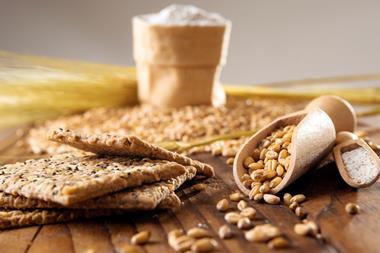


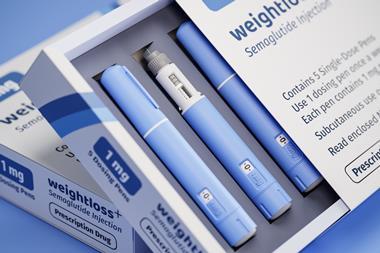
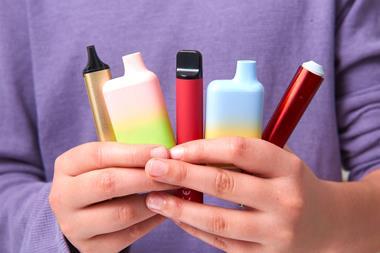
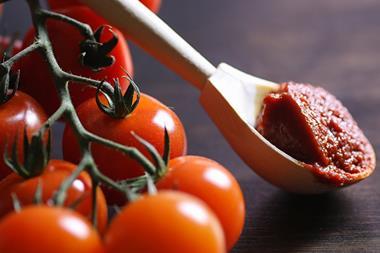


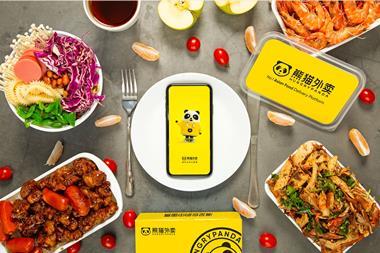
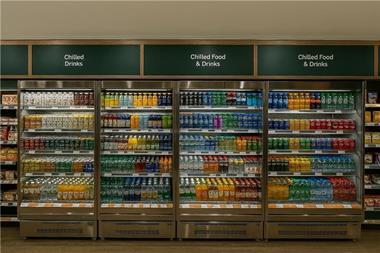
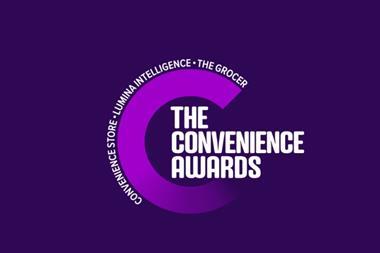
No comments yet